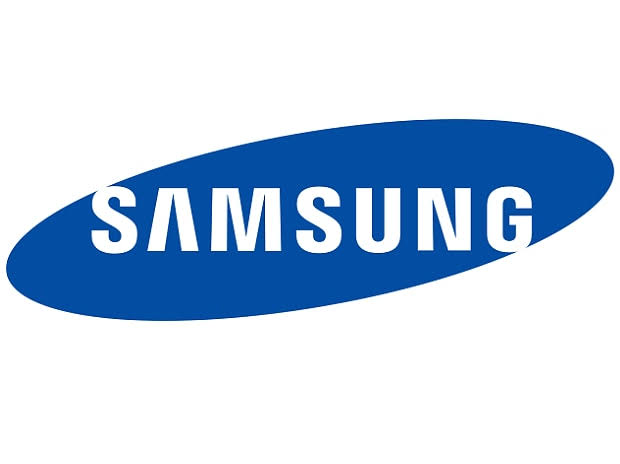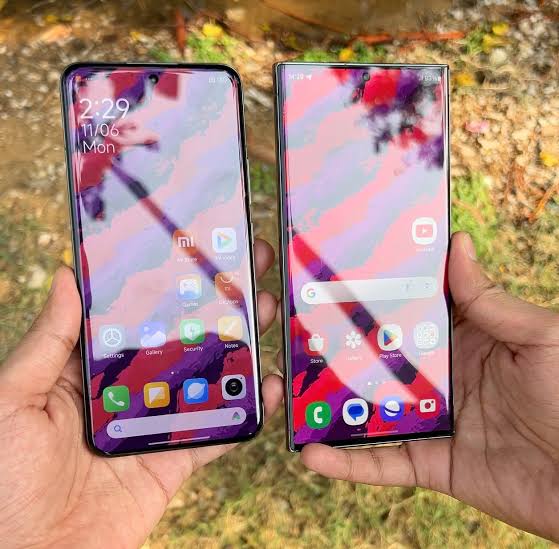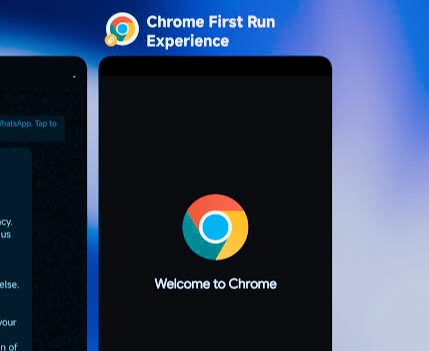Xiaomi’s newly introduced HyperOS has stirred up a storm on forums, with users raising serious concerns about battery drain. Despite Xiaomi’s reputation for delivering high-performance phones with competitive specs, many are finding that HyperOS is not living up to expectations when it comes to power efficiency.
A direct comparison between Xiaomi’s Poco F6 Pro (5000 mAh) and its competitors with the same Snapdragon chips has revealed a troubling trend. According to data shared by users, the Poco F6 Pro clocked in at 10 hours of screen-on time (SOT), while the Samsung S23+, equipped with a similar Snapdragon 8 Gen 2 chip and a smaller battery, managed 13 hours and 24 minutes. Even devices like the Motorola Edge 50 Ultra, with a smaller 4500 mAh battery, significantly outperformed Xiaomi’s offerings.
What’s Going Wrong?
- Display Differences: Some users pointed out that Xiaomi’s Poco F6 Pro lacks an LTPO display, which dynamically adjusts refresh rates, thereby consuming more power. In contrast, the Samsung S23+ sports an LTPO panel that intelligently switches between 1Hz and 120Hz depending on the content, saving significant battery life.
- Software Optimization: Xiaomi fans have been vocal about the company’s historically poor software optimization. As one user put it, “Xiaomi phones consistently rank lower on battery life, and optimization remains their biggest issue.” Despite having fast, well-specced hardware, the inefficiency in Xiaomi’s software continues to hurt battery performance.
- HyperOS Task Management: While Xiaomi’s HyperOS aggressively kills background apps to conserve power, users report that it does so at the expense of functionality. For instance, essential apps like Microsoft Teams and Slack were getting shut down, even when locked to prevent closure. This aggressive management doesn’t seem to compensate for the excessive battery consumption reported by many users.
Is There a Fix?
Some users have found ways to extend battery life by tweaking settings in HyperOS. Xiaomi offers a Power Menu that allows users to adjust settings, but as one user suggested, the phone’s out-of-box defaults lean heavily toward performance, which drains the battery faster. However, not all users are satisfied with these tweaks. For instance, one user shared that their Xiaomi 12T Pro has shown worse battery performance and more heat after updating to HyperOS, with no solutions offered by Xiaomi’s customer support.
Is Xiaomi Losing Its Edge?
The growing frustration around Xiaomi’s battery issues under HyperOS could indicate deeper problems with software optimization. As one commenter humorously pointed out, while Xiaomi fans may defend the brand, the harsh reality is that their devices are falling behind in battery longevity compared to competitors like Samsung and Motorola. Despite promises of cutting-edge technology, Xiaomi may need to focus more on refining its software to meet user expectations in this crucial area.
With battery life being a key factor for many users, it seems Xiaomi will need more than just faster charging to keep up with the competition. HyperOS may be fast and feature-rich, but without proper optimization, it risks leaving users feeling drained — much like their phone batteries.










